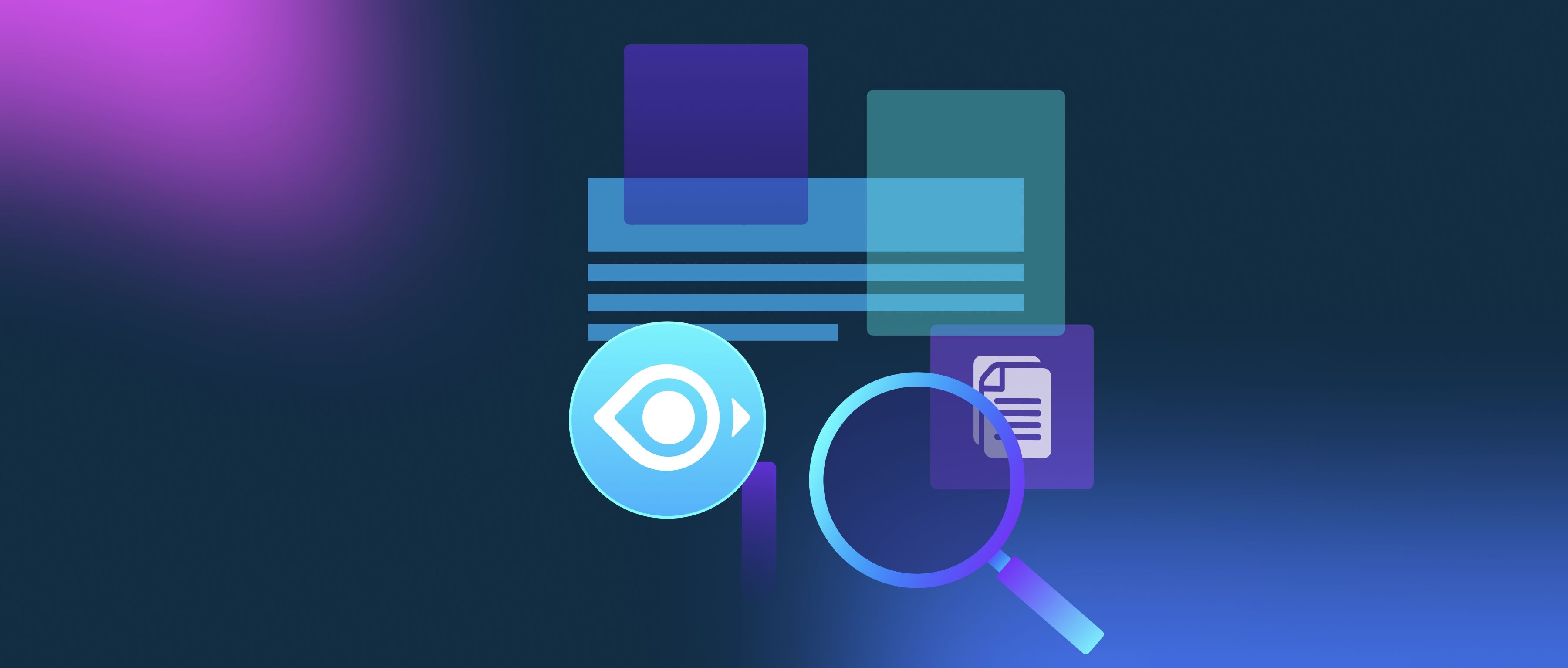SaaS companies monitor user satisfaction through a combination of direct feedback, usage analytics, and customer support interactions. One of the most straightforward methods is the use of surveys, such as Net Promoter Score (NPS) and Customer Satisfaction Score (CSAT). After key interactions or at regular intervals, companies can send out these surveys to gauge how users feel about the service. For example, after a new feature is released, a company might ask users to rate their satisfaction with the feature and how likely they are to recommend it to others. This provides valuable insights into user perceptions and areas for improvement.
Another important method is leveraging analytics tools to track user behavior within the application. By looking at data points like user engagement, feature usage, and drop-off rates, companies can identify trends that may indicate satisfaction or frustration. For instance, if analytics show that many users are abandoning a particular workflow, it could signal that the process is too complicated or that users are encountering issues. This quantitative data can be as informative as feedback from surveys, as it highlights real-world usage patterns and pain points.
Lastly, monitoring support requests and the resolution process can also indicate user satisfaction levels. Companies often analyze tickets raised by users to find common issues or feedback. If many users report the same problem, it may point to an underlying issue that needs to be addressed. Additionally, evaluating response and resolution times can shed light on how well the company supports its users. By tracking these metrics over time, companies can better understand where they excel and where they need to improve, ultimately fostering a more satisfying user experience.
